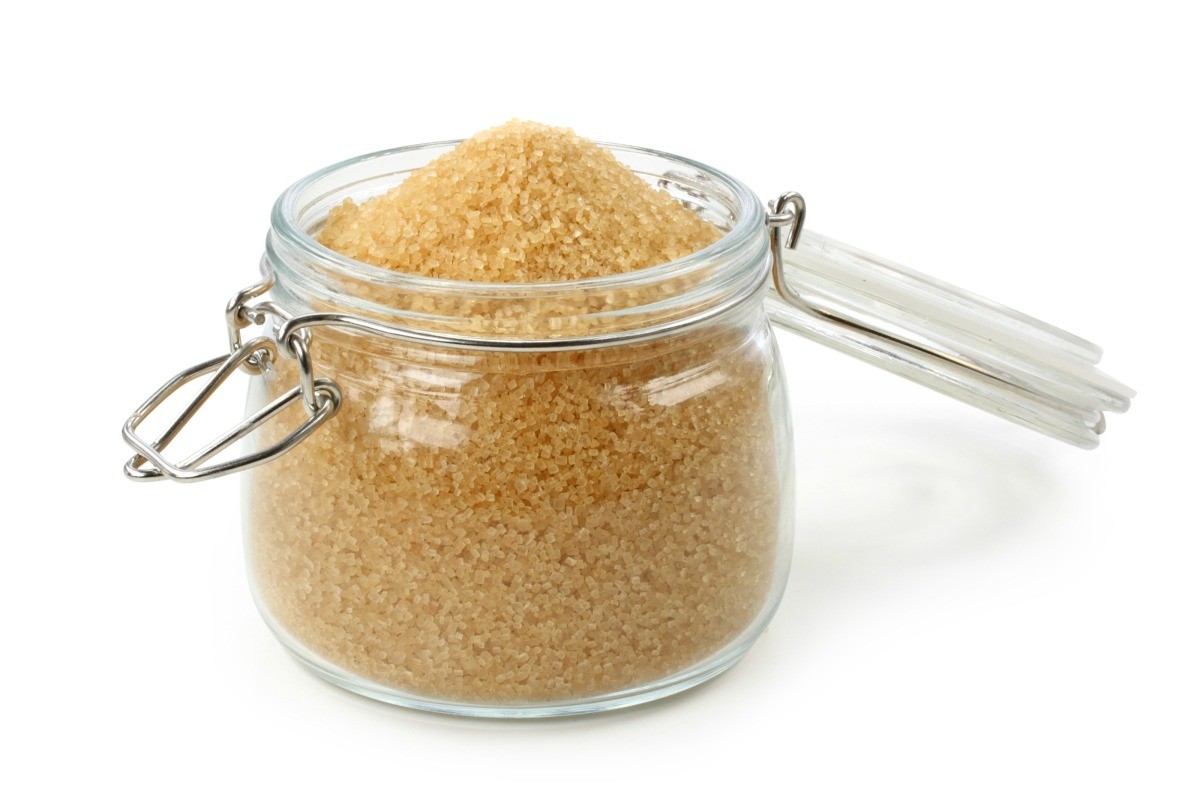

Articles
How To Store Sugar
Modified: December 7, 2023
Learn the best ways to store sugar and keep it fresh in this informative article. Find out the tips and tricks to maintain the quality of your sugar for longer.
(Many of the links in this article redirect to a specific reviewed product. Your purchase of these products through affiliate links helps to generate commission for Storables.com, at no extra cost. Learn more)
Introduction
Welcome to the world of sugar storage! While it may not seem like a glamorous topic, proper sugar storage is essential for maintaining the quality and freshness of this sweet pantry staple. Whether you’re a home cook, a professional baker, or simply someone who enjoys a sprinkle of sugar in their morning coffee, knowing how to store sugar correctly can make a world of difference in both taste and texture.
Why is proper sugar storage so important, you may ask? Well, sugar is hygroscopic, meaning it has the ability to absorb moisture from the surrounding environment. When sugar comes into contact with water, it can clump together, become sticky, and even develop a foul odor and taste. Additionally, exposure to heat, air, and light can also degrade the quality of sugar, leading to a loss of flavor and sweetness.
In this article, we will explore the key factors that can affect the quality of stored sugar and provide you with practical tips on how to store sugar properly. From selecting the best storage containers to preventing sugar clumping and ensuring proper labeling and organization, we’ll cover it all.
So, whether you’re a seasoned baker looking to perfect your recipes or someone who simply wants to make sure their sugar remains fresh and delicious, let’s dive into the world of sugar storage and uncover the secrets to preserving the sweetness!
Key Takeaways:
- Proper sugar storage is essential to prevent clumping, maintain freshness, extend shelf life, and promote food safety. Airtight containers, dry environments, and proper organization are key to preserving sugar quality.
- Factors like moisture, temperature, air, and odors can impact sugar quality. Choosing the right storage containers, keeping sugar dry, and following proper labeling and organization practices are crucial for maintaining the freshness and usability of sugar.
Read more: How To Store Sugar Cane
Importance of Proper Sugar Storage
Proper sugar storage is crucial for maintaining the quality and taste of this essential ingredient. By ensuring that your sugar is stored correctly, you can prevent clumping, maintain its freshness, and extend its shelf life. Here are a few key reasons why proper sugar storage is important:
- Prevent Clumping: One of the biggest challenges when it comes to storing sugar is preventing it from clumping together. When sugar is exposed to moisture, it can absorb the water and form hard lumps. Not only is this frustrating, but it can also affect the texture and dissolvability of the sugar. By storing sugar in a dry environment and keeping it away from humidity, you can prevent clumping and ensure that your sugar remains free-flowing.
- Maintain Freshness: Sugar is susceptible to absorbing odors and flavors from its surroundings. If stored improperly, it can pick up odors from other foods in your pantry or absorb moisture, resulting in a decrease in quality and taste. By storing sugar in airtight containers or bags, away from strong-smelling foods, you can maintain the freshness of your sugar and ensure it tastes as it should.
- Extend Shelf Life: Like any other food item, sugar has a limited shelf life. However, by storing it properly, you can extend its longevity. Exposure to moisture, heat, and air can lead to sugar degradation, causing it to lose its flavor and sweetness faster. By keeping sugar in a cool, dry place, sealed tightly in moisture-resistant containers, you can extend its shelf life and reduce waste.
- Promote Food Safety: Proper sugar storage also plays a role in maintaining food safety. In humid environments, sugar can become a breeding ground for bacteria and mold growth. Consuming sugar that has been contaminated with these microorganisms can lead to foodborne illnesses. By taking the necessary precautions to store sugar correctly, you can reduce the risk of contamination and ensure the safety of your food.
By understanding the importance of proper sugar storage, you can take the necessary steps to maintain the quality and taste of this versatile ingredient. Let’s delve deeper into the factors that can affect sugar quality and explore the best methods of storing sugar to ensure its freshness and optimal performance.
Factors Affecting Sugar Quality
When it comes to sugar storage, several factors can affect its overall quality. Understanding these factors will help you make informed decisions about how to store sugar properly. Let’s explore the key factors that can impact the quality of stored sugar:
- Moisture: Sugar is hygroscopic, meaning it readily absorbs moisture from the surrounding environment. Exposure to humidity can cause sugar to clump together, leading to a loss of texture and dissolvability. Moisture can also promote the growth of bacteria and mold, compromising the quality and safety of the sugar.
- Temperature: Extreme temperatures can adversely affect the quality of sugar. High temperatures can cause sugar to melt or caramelize, altering its flavor and texture. On the other hand, low temperatures can cause sugar to harden or crystallize, making it challenging to scoop or measure accurately.
- Air and Light: Exposure to air and light can degrade the quality of sugar over time. Oxygen in the air can react with the sugars, resulting in changes in color, flavor, and texture. Additionally, prolonged exposure to sunlight or artificial light can cause sugar to lose its natural sweetness and develop an off-flavor.
- Odors and Flavors: Sugar readily absorbs odors and flavors from its surroundings. Storing sugar near strongly scented foods or spices can cause it to take on these smells, resulting in an undesirable taste. It is crucial to store sugar away from items with strong odors to maintain its natural flavor.
- Packaging: The type of packaging used for sugar can impact its quality. Sugar should be stored in airtight containers or resealable bags to prevent exposure to moisture, air, and odors. It is also essential to ensure that the packaging is made of food-safe material and does not contain any harmful chemicals or substances.
By being mindful of these factors, you can take the necessary steps to protect your sugar from degradation and ensure its quality remains intact. In the following sections, we’ll explore the best storage containers for sugar and provide you with practical tips on how to store sugar properly to preserve its freshness and flavor.
Best Storage Containers for Sugar
Choosing the right storage containers for your sugar is essential to maintain its freshness and quality. Here are some of the best options for storing sugar:
- Airtight Containers: Airtight containers are ideal for storing sugar as they prevent moisture and air from entering. Look for containers with a secure seal or locking mechanism to ensure maximum freshness. Glass or BPA-free plastic containers are great choices as they are non-reactive and do not impart any flavors or odors to the sugar.
- Mason Jars: Mason jars are a classic option for storing sugar. They are not only aesthetically pleasing but also provide an airtight seal to keep your sugar fresh. Make sure to choose jars with a rubber gasket or airtight lid for the best results.
- Food-Grade Plastic Bags: If you prefer a more flexible storage option, food-grade plastic bags can be an excellent choice. Look for thick, resealable bags that are specifically designed for food storage. Always ensure that the bags are completely sealed to prevent moisture and air from entering.
- Ceramic or Stoneware Containers: Ceramic or stoneware containers with tight-fitting lids can also be suitable for sugar storage. These containers provide a cool and dark environment, preventing moisture and light from affecting the sugar’s quality. Make sure the containers are glazed on the inside to prevent any absorption of moisture.
When selecting storage containers for sugar, it is crucial to consider the size and shape of the container as well. Choose a container that can accommodate the quantity of sugar you typically use while leaving enough headspace to avoid compacting the sugar. This will make it easier to scoop and measure the sugar accurately.
Remember to clean and dry your storage containers thoroughly before filling them with sugar. Any residual moisture or food particles can compromise the quality of the sugar. Additionally, it’s a good practice to label your containers with the type of sugar and date of storage to help you keep track of freshness.
Now that you know the best storage container options for sugar, let’s explore some useful tips for storing sugar properly to ensure its longevity and quality.
Store sugar in an airtight container to prevent moisture absorption and clumping. Keep it in a cool, dry place away from direct sunlight to maintain its quality and prevent spoilage.
Tips for Storing Sugar
Properly storing sugar is not just about choosing the right container; it also involves following some essential guidelines to maintain its freshness and quality. Here are some helpful tips for storing sugar:
- Keep it Dry: Moisture is the number one enemy of sugar. Ensure that your sugar is stored in a dry environment away from sources of humidity, such as the sink or dishwasher. If your pantry tends to be humid, consider using moisture-absorbing packets or silica gel packs in the storage container to keep the sugar dry.
- Store it in a Cool Place: Sugar is best stored in a cool location, away from direct sunlight and heat sources. Heat can cause the sugar to melt or clump together. Aim for a temperature-controlled area, such as a pantry or cupboard, where the temperature remains consistently cool.
- Avoid Strong Odors: Sugar readily absorbs odors from its surroundings. Store it away from strongly scented foods, spices, or cleaning products to prevent the sugar from taking on unwanted flavors. If using containers, ensure they are odor-free and clean before storing the sugar.
- Keep it Sealed: Whether you are using jars, containers, or bags, make sure they are tightly sealed to prevent any air or moisture from getting in. Airtight seals will help maintain the sugar’s freshness and prevent clumping.
- Consider Temperature Fluctuations: Avoid placing sugar containers near appliances that generate heat, such as ovens or stovetops. Fluctuating temperatures can cause the sugar to harden or absorb moisture from condensation, leading to clumping or quality deterioration.
- Don’t Freeze It: Unlike some other food items, freezing sugar is not recommended. Freezing can cause the sugar to absorb moisture when thawed, leading to clumping and loss of quality. It is best to store sugar in a cool, dry storage area instead.
- Rotate Your Stock: If you buy sugar in bulk, it’s a good practice to use the oldest stock first (first in, first out). This ensures that the sugar is consumed before it loses its freshness or quality.
- Avoid Excessive Handling: To minimize the risk of introducing moisture or contaminants, try to scoop the sugar with clean, dry utensils instead of using your hands. Avoid touching the sugar directly with wet or dirty hands.
By following these tips, you can ensure that your sugar remains fresh, free-flowing, and of the highest quality for an extended period. Next, let’s explore how to prevent sugar clumping, which is a common challenge when it comes to sugar storage.
Read more: How To Store Powdered Sugar
How to Prevent Sugar Clumping
Sugar clumping is a common issue that can occur when sugar comes into contact with moisture. Clumped sugar can be frustrating to work with and can affect the texture and dissolvability of the sugar. Fortunately, there are several ways to prevent sugar clumping and keep it in its free-flowing form. Here are some effective methods:
- Store Sugar in a Dry Place: Moisture is the primary culprit behind sugar clumping. To prevent this, make sure you store your sugar in a dry environment. Avoid areas prone to humidity, such as the kitchen countertop or near the sink. Instead, opt for a cool, dry pantry or cupboard to maintain the optimum conditions for sugar storage.
- Use Airtight Containers: Investing in airtight containers is crucial to protect sugar from moisture. Make sure the container has a tight seal, whether it’s a jar, plastic container, or resealable bag. This will prevent air and moisture from entering and keep your sugar clump-free.
- Add Food-Safe Desiccants: Desiccants like silica gel packets are effective in absorbing moisture and preventing clumping. Place a few desiccant packets in your sugar container to maintain a dry environment. Just remember to use food-safe desiccants that are specifically designed for edible items.
- Avoid Pouring Condensation into Sugar Containers: When using sugar near cold or frozen items, condensation can form on the outside of the container due to temperature differences. Be cautious not to pour this condensation into the sugar container, as it can introduce moisture and lead to clumping.
- Store Granulated and Powdered Sugar Separately: Granulated sugar has a higher tendency to clump compared to powdered sugar. To prevent cross-contamination and minimize clumping, it’s best to store granulated and powdered sugar in separate containers. This will help maintain the optimum texture and quality of each sugar type.
- Keep Sugar Away from Moist Foods: Avoid storing sugar near moist or high-moisture foods, as they can release moisture and cause the sugar to clump. Keep sugar containers away from fruits, vegetables, and other items that are prone to moisture buildup.
- Use Dry Utensils: When scooping sugar from its container, always use dry utensils. Moisture from wet spoons or measuring cups can cause sugar to clump. Wipe the utensil dry before scooping to ensure that no moisture enters the sugar container.
- Break Up Clumps: If you encounter clumps in your sugar, don’t worry. You can easily break them up by using a fork or whisk. Gently loosen the clumps by stirring the sugar until it becomes free-flowing again.
By implementing these preventative measures, you can effectively avoid sugar clumping and ensure that your sugar remains easy to work with, whether you’re baking, cooking, or sweetening your favorite beverages.
Now that you have learned how to prevent sugar clumping, let’s move on to the importance of proper labeling and organization when it comes to sugar storage.
Proper Labeling and Organization of Sugar
When it comes to sugar storage, proper labeling and organization are key to maintaining a well-structured pantry and ensuring the freshness and quality of your sugar. Here are some tips for effectively labeling and organizing your sugar:
- Label Containers: Whether you’re using jars, plastic containers, or bags, it’s important to label them. Clearly mark the type of sugar (e.g., granulated sugar, powdered sugar, brown sugar) on the container. This will help you easily identify the sugar you need and avoid confusion.
- Date Labeling: When storing sugar, it’s a good practice to include the date of storage on the label. This will help you keep track of the sugar’s freshness and ensure that you use the oldest stock first. Use writable labels or marker pens to easily update the dates as you replenish your sugar supply.
- Organize by Type: Group your sugar containers together based on their type. Keep granulated sugar, powdered sugar, and brown sugar in separate sections of your pantry or cupboard. This organization system will help you find the specific sugar you need quickly and easily while maintaining order in your storage space.
- Use Storage Bins or Dividers: Consider using storage bins, baskets, or dividers to further organize your sugar containers. These can help maximize space and keep similar items grouped together. You can use clear containers to easily see the different sugars or opt for labeled bins for easy identification.
- Keep Frequently Used Sugar Accessible: If you have a particular sugar that you use more frequently, keep it within easy reach. Place it at the front of your pantry or in a separate section for quick and convenient access. This will save you time and effort when reaching for the sugar you use most often.
- Rotate Stock: As mentioned earlier, it’s important to use the oldest stock of sugar first to maintain freshness. Make a habit of rotating your sugar containers, placing newly purchased sugar at the back and older containers at the front. This practice helps ensure that you consume sugar before it reaches its expiration date or loses its quality.
- Maintain Cleanliness: Regularly clean and sanitize your sugar storage containers and the surrounding area. Discard any expired or spoiled sugar, and wipe down the containers to remove any residue or spills. Keeping your storage space clean and organized will not only extend the shelf life of your sugar but also create an aesthetically pleasing and efficient pantry environment.
By following these labeling and organizational practices, you can easily locate your desired sugar, keep track of freshness, and create an orderly and efficient storage system for all your sweetening needs.
Now that you’ve learned about the importance of proper labeling and organization, let’s summarize the key points before concluding.
Conclusion
Proper sugar storage is crucial for maintaining the quality, freshness, and usability of this essential ingredient. By understanding the factors that impact sugar quality and following best practices for storage, you can ensure that your sugar remains clump-free, flavorful, and ready to use whenever you need it.
Moisture, temperature, air, light, and odors are factors that can affect sugar quality. By storing sugar in a dry place, using airtight containers, and keeping it away from moisture and strong odors, you can prevent clumping and maintain its freshness. Additionally, proper labeling and organization play a significant role in ensuring that your sugar remains accessible and used in a timely manner.
Remember to choose the best storage containers for your sugar, such as airtight jars, food-grade plastic bags, or ceramic/stoneware containers with tight-fitting lids. Label your containers to easily identify the type of sugar and date of storage. Organize your sugar by type and consider using storage bins or dividers to maintain an orderly pantry. By rotating stock and regularly cleaning, you can ensure that your sugar remains in its optimal condition.
Whether you’re a home cook, professional baker, or simply someone who enjoys a sprinkle of sweetness in your daily routine, proper sugar storage is essential. By implementing the tips and techniques outlined in this article, you can take control of your sugar storage, preserve its quality, and enhance your culinary creations.
So, the next time you reach for that bag of sugar, remember the importance of proper storage and give your sugar the care it deserves. Your taste buds will thank you!
Frequently Asked Questions about How To Store Sugar
Was this page helpful?
At Storables.com, we guarantee accurate and reliable information. Our content, validated by Expert Board Contributors, is crafted following stringent Editorial Policies. We're committed to providing you with well-researched, expert-backed insights for all your informational needs.
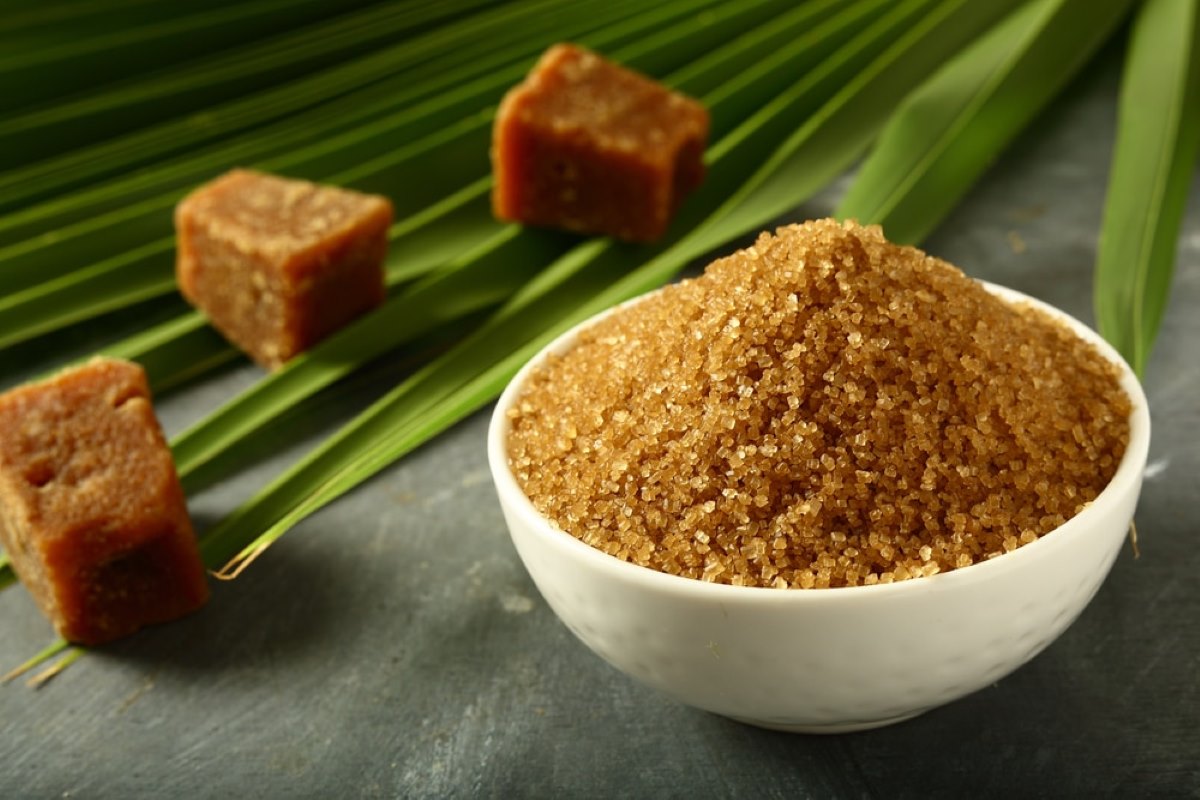
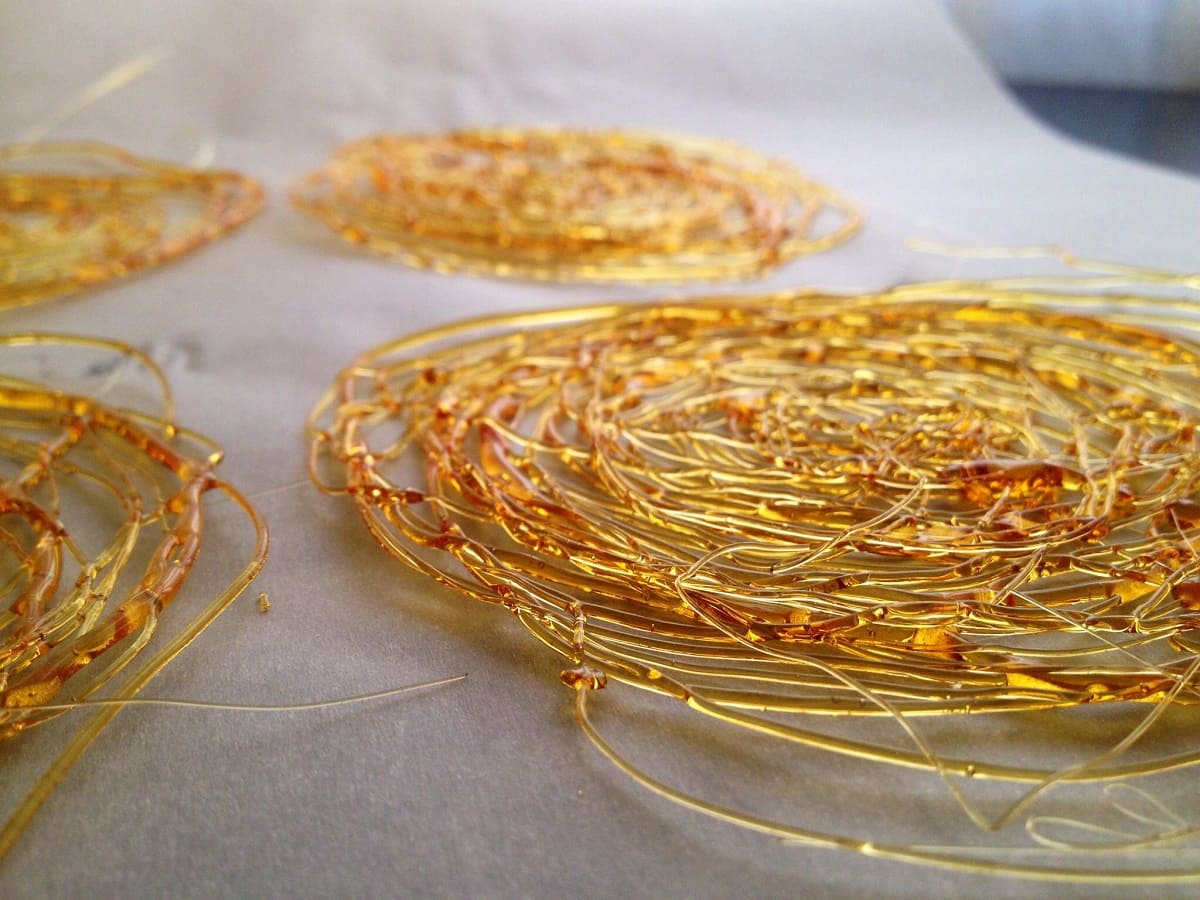
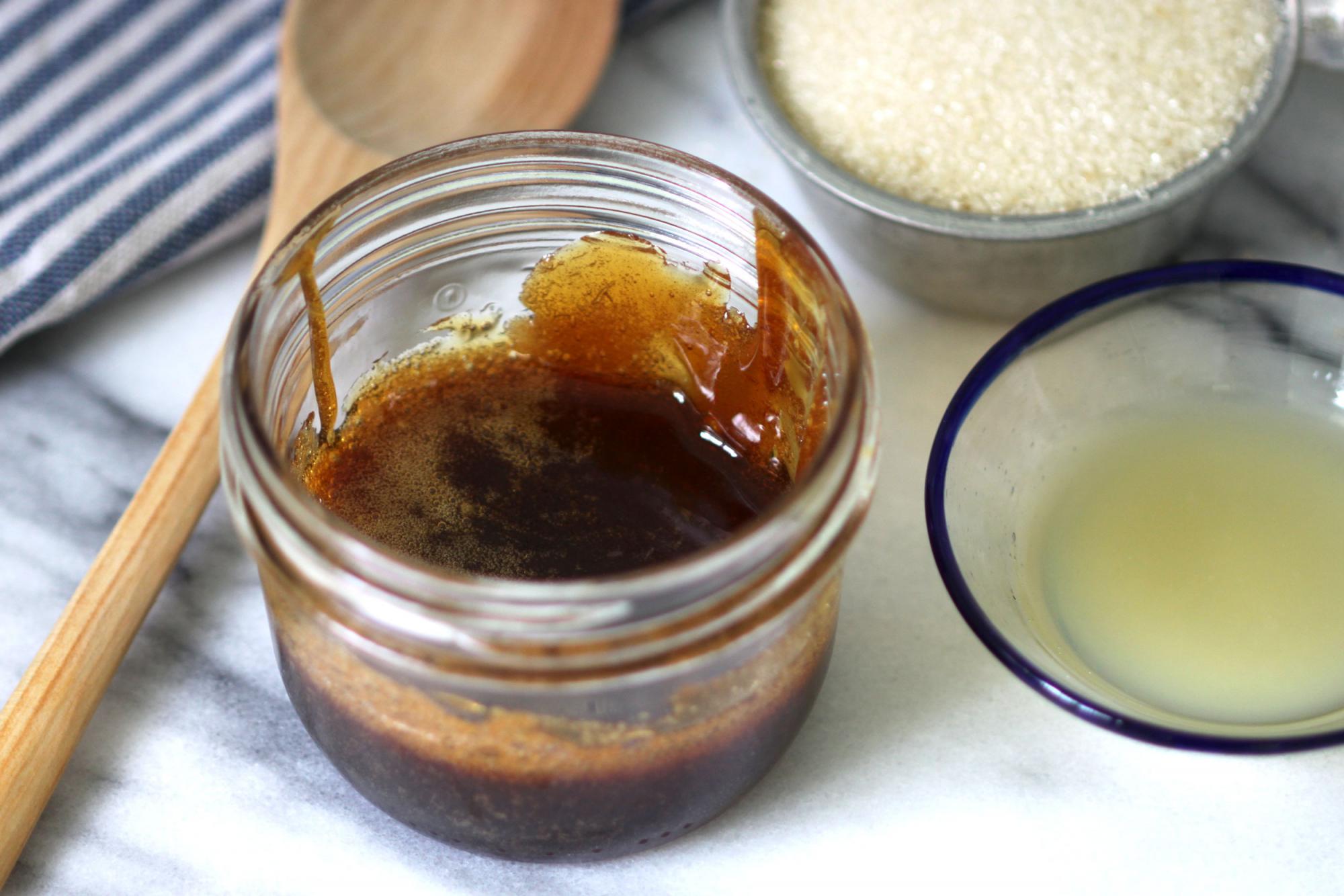
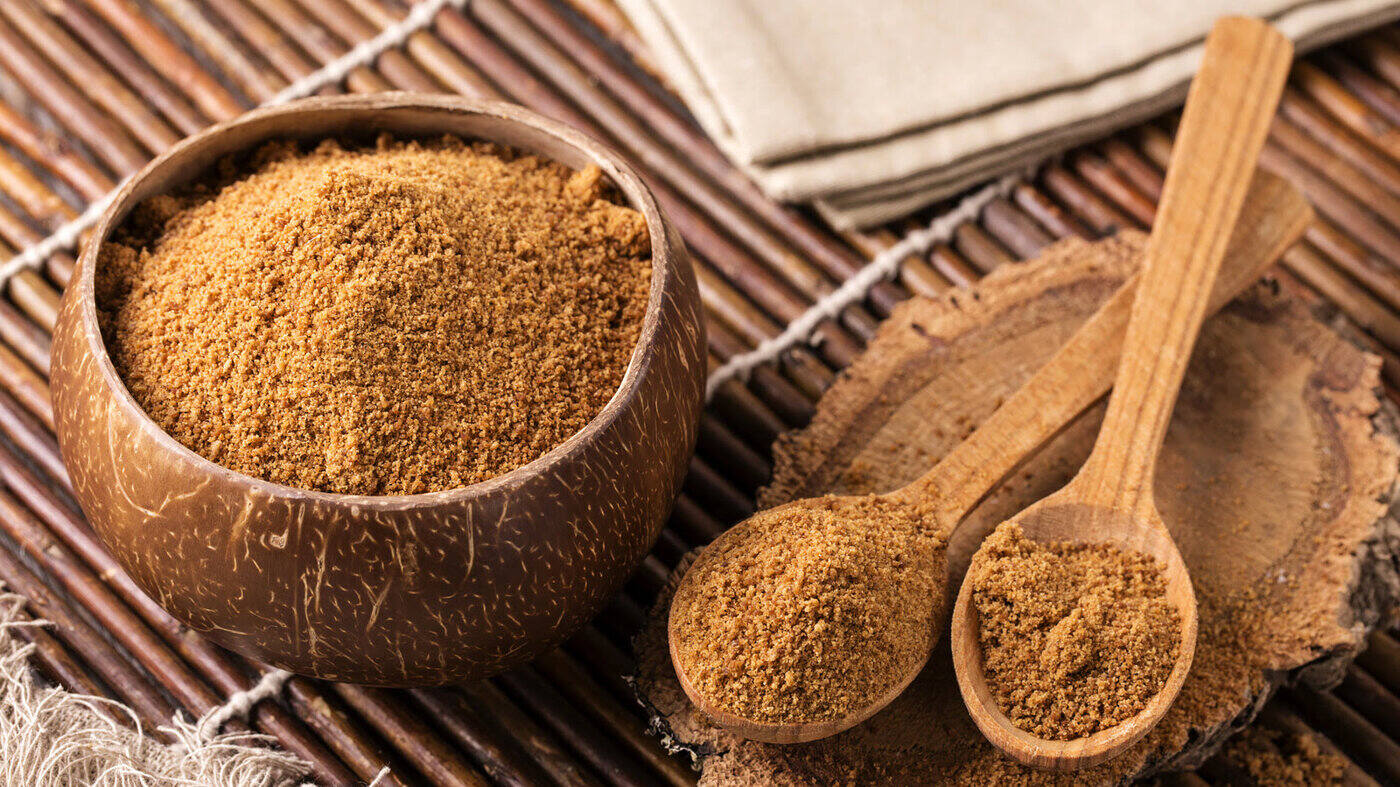
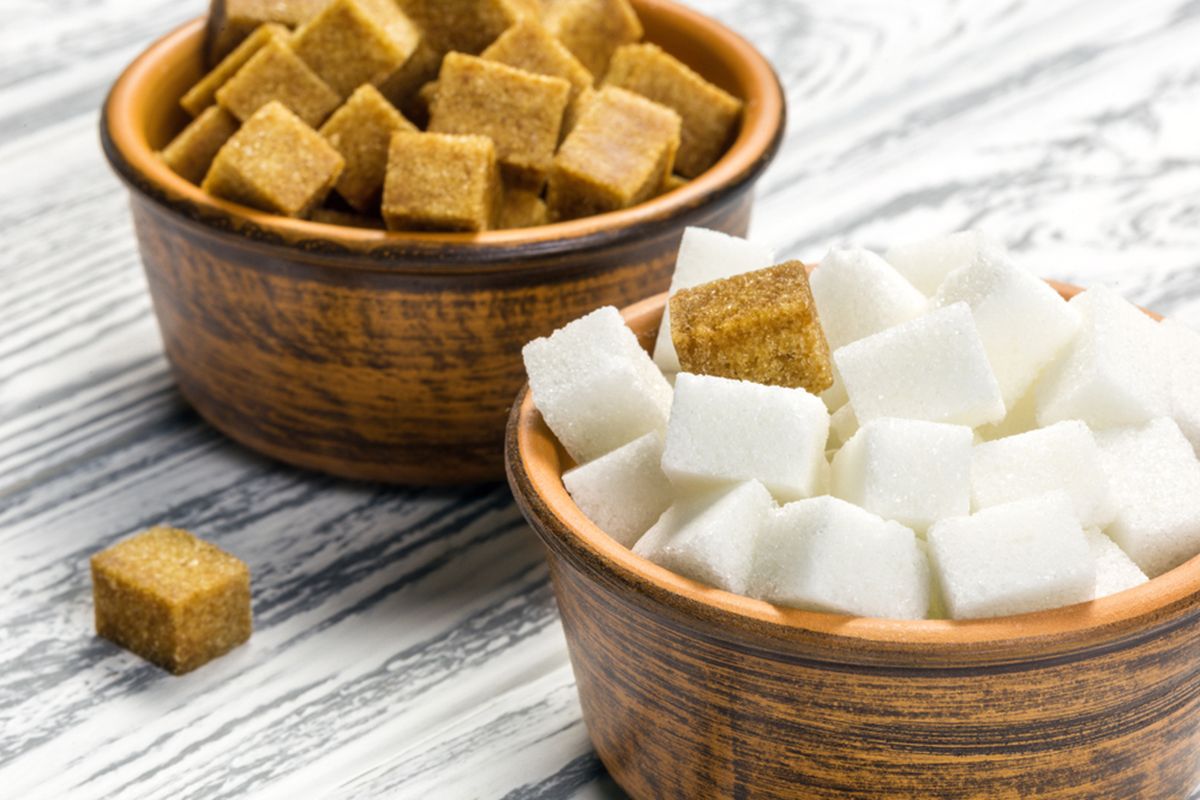
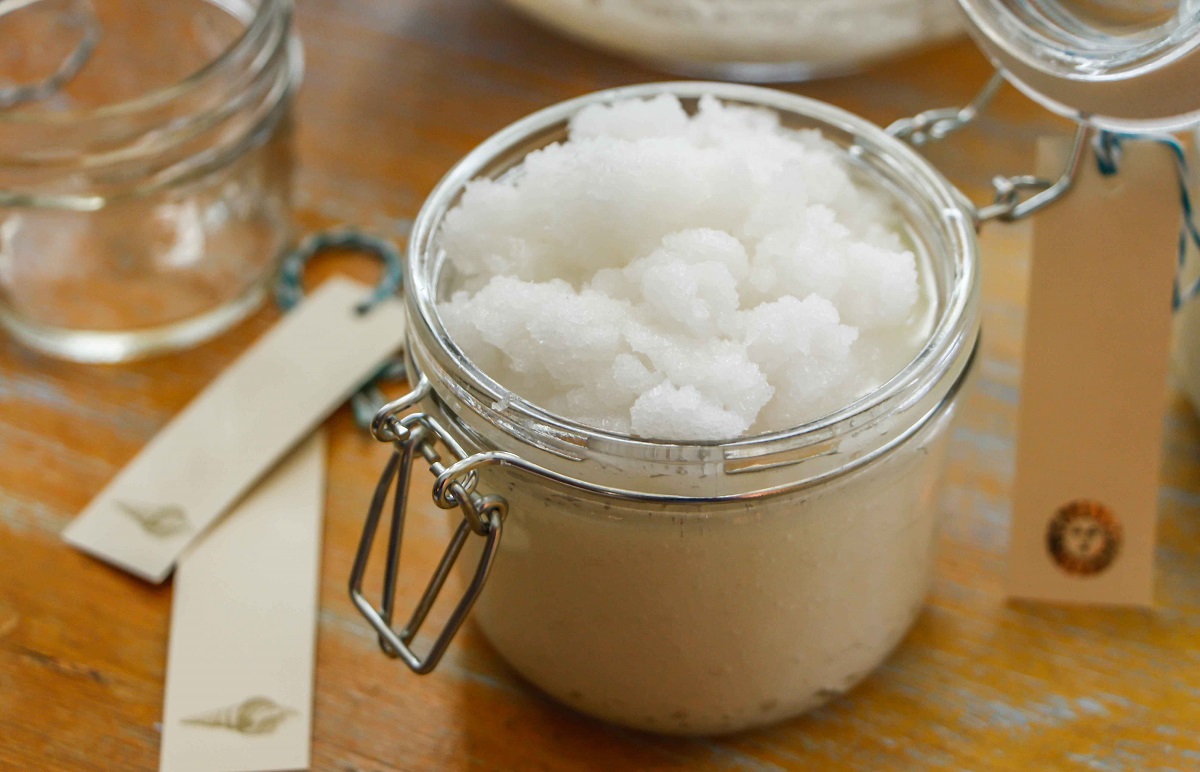
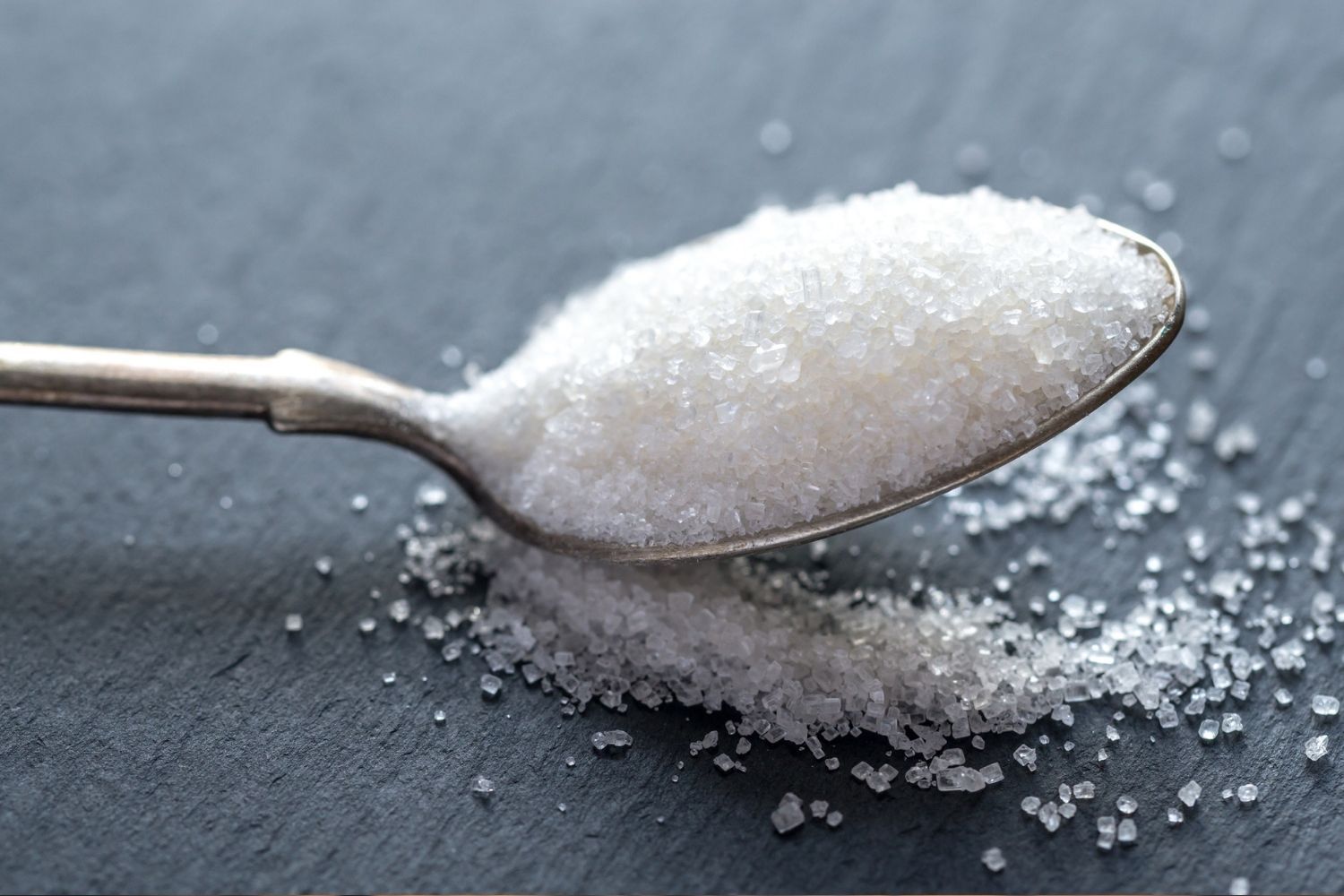
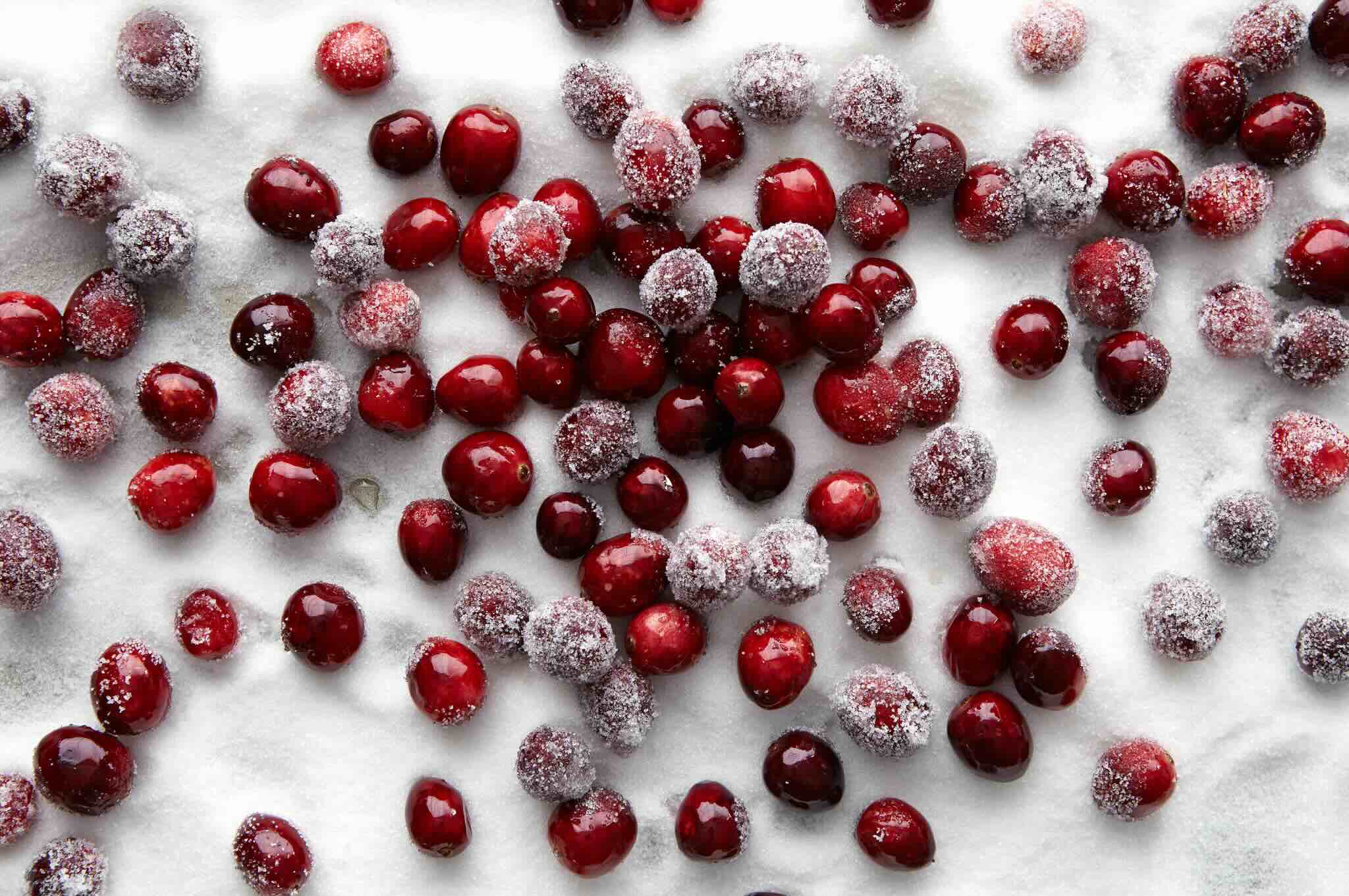
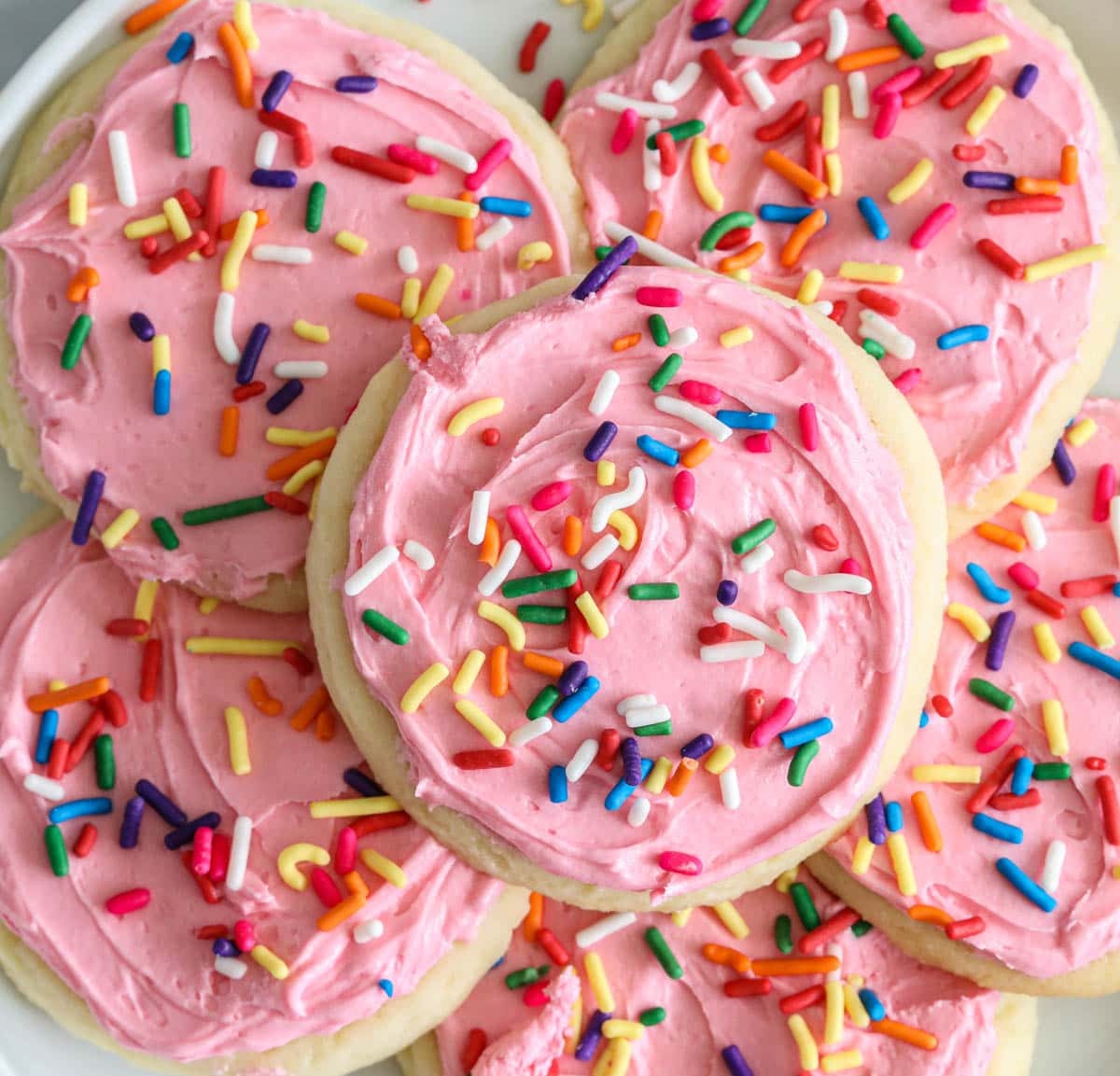
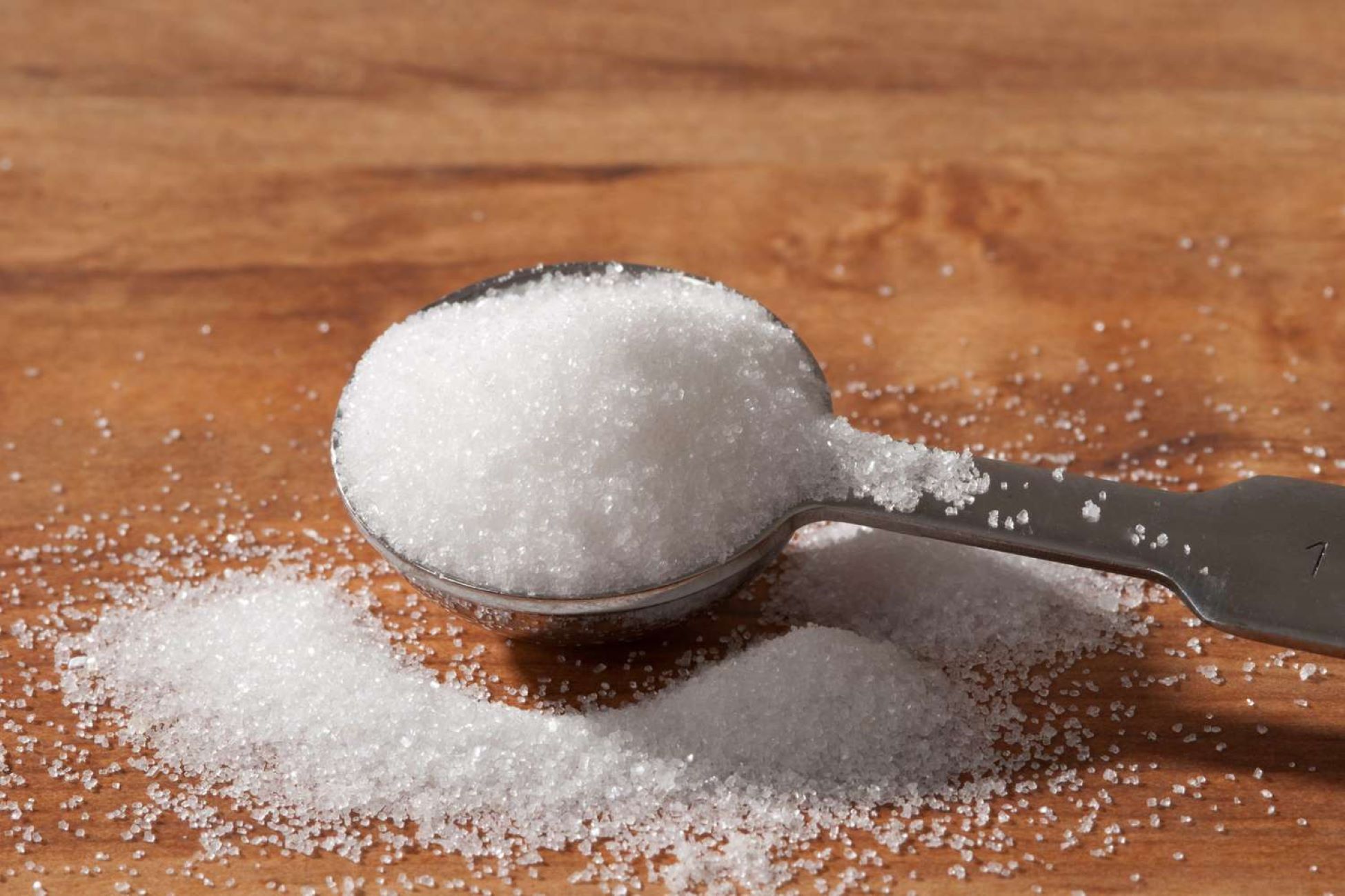
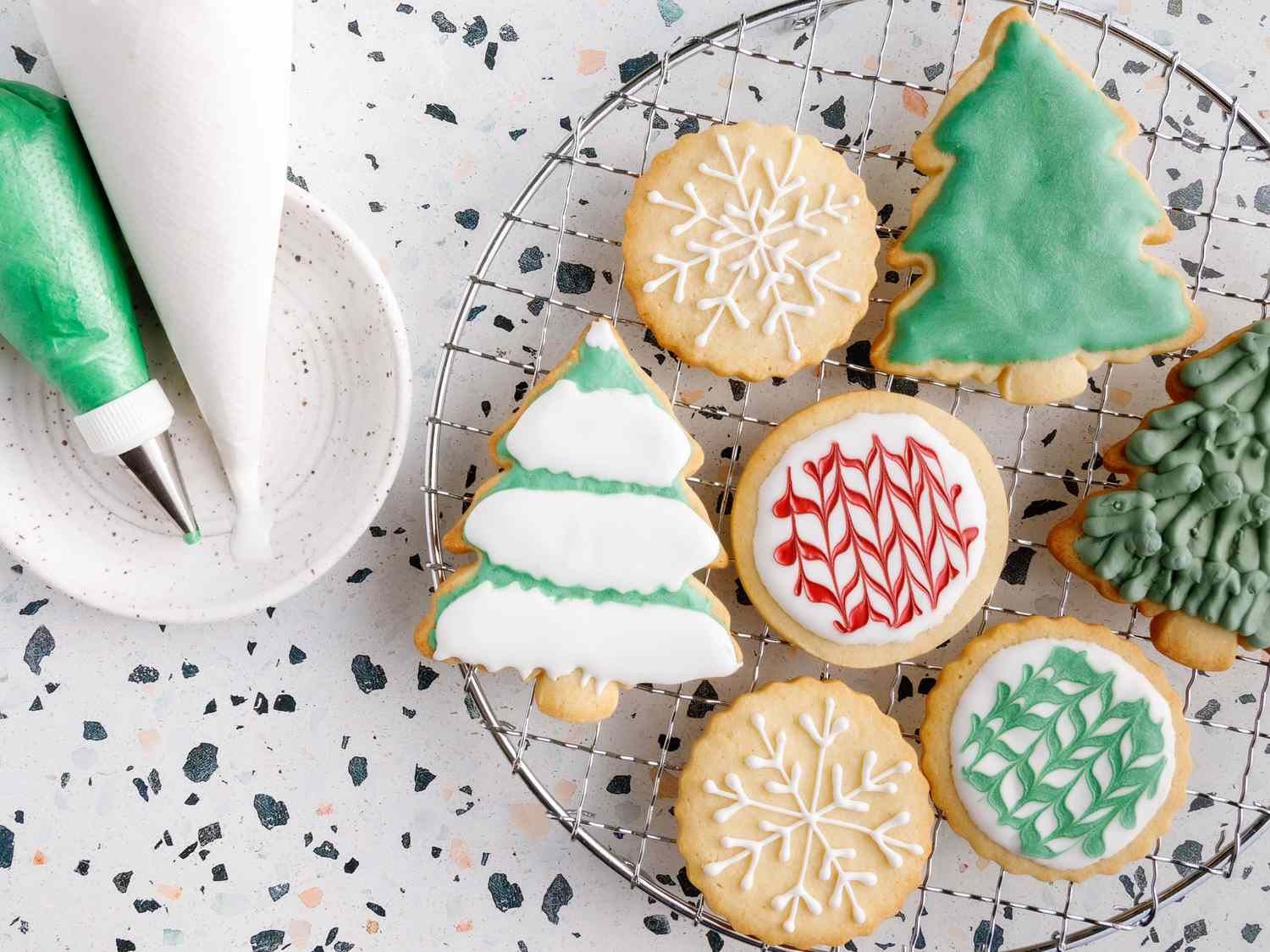
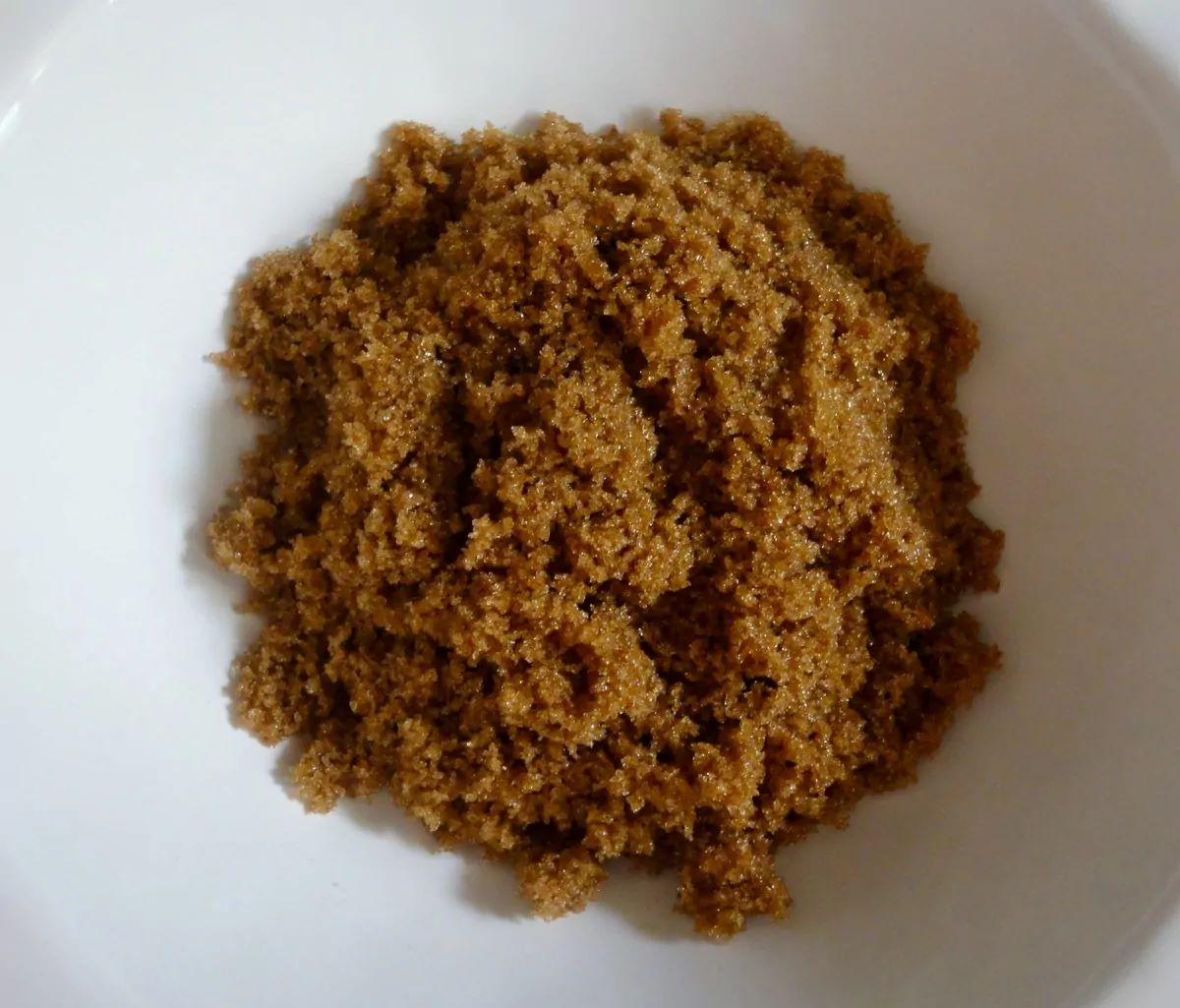
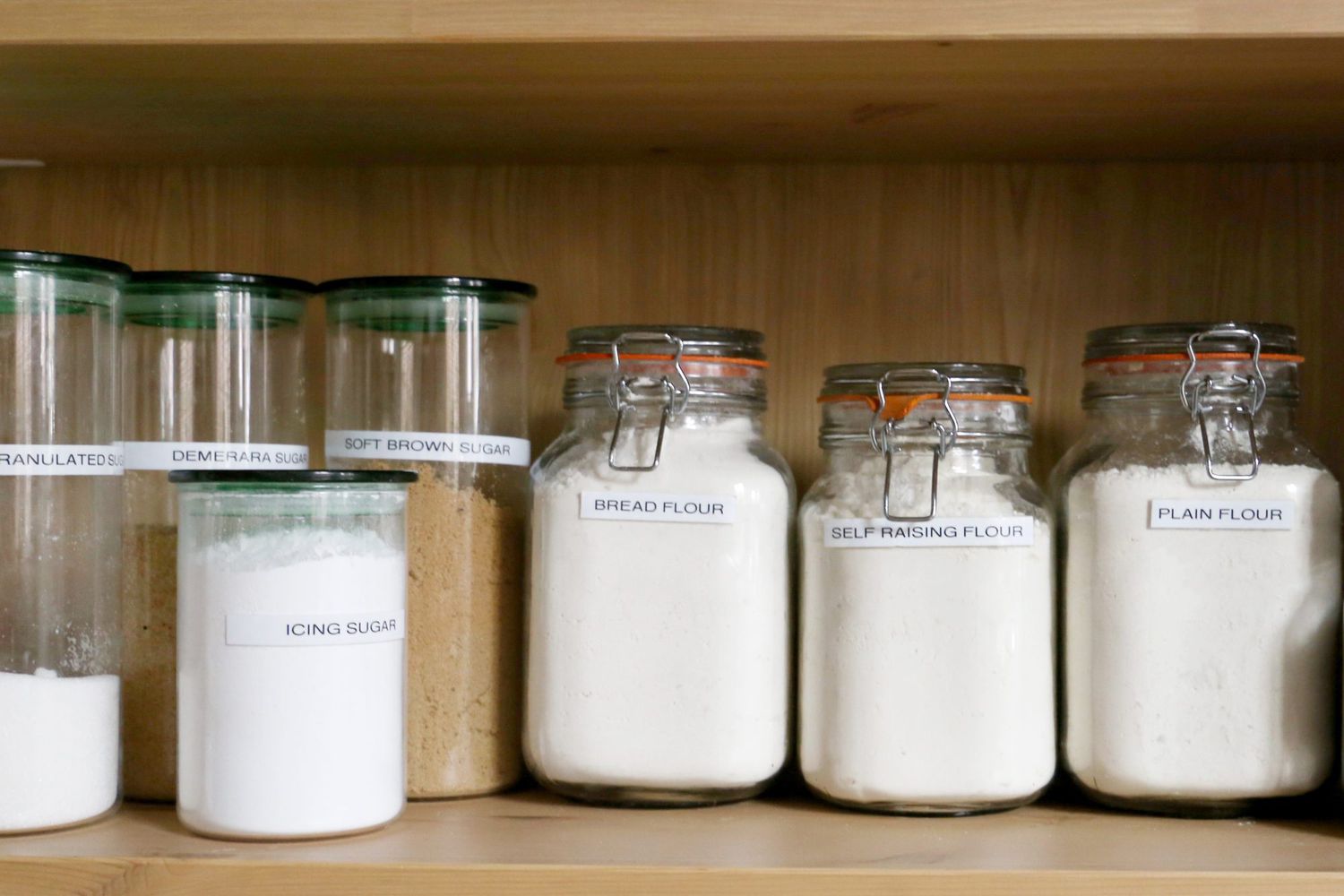
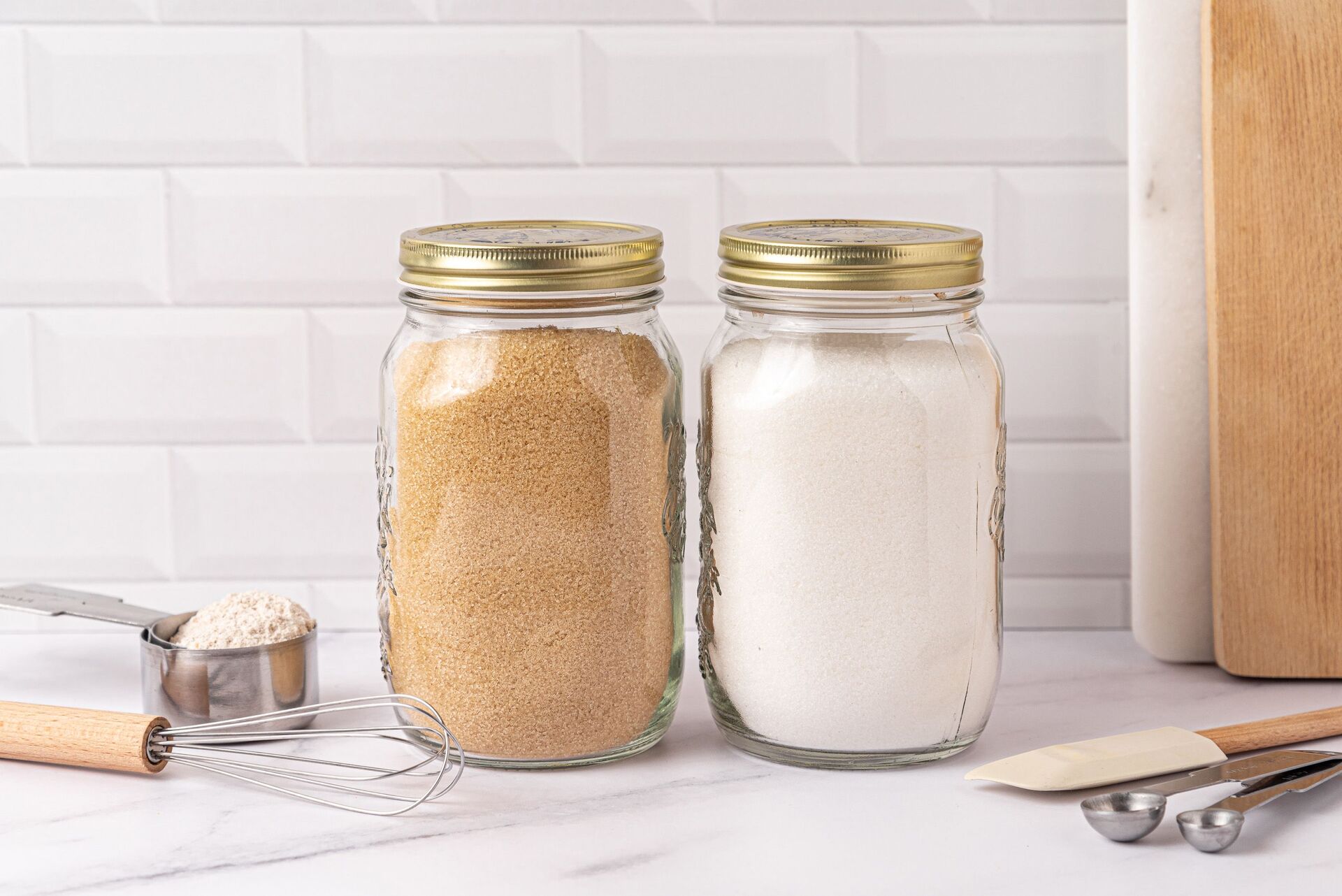

0 thoughts on “How To Store Sugar”